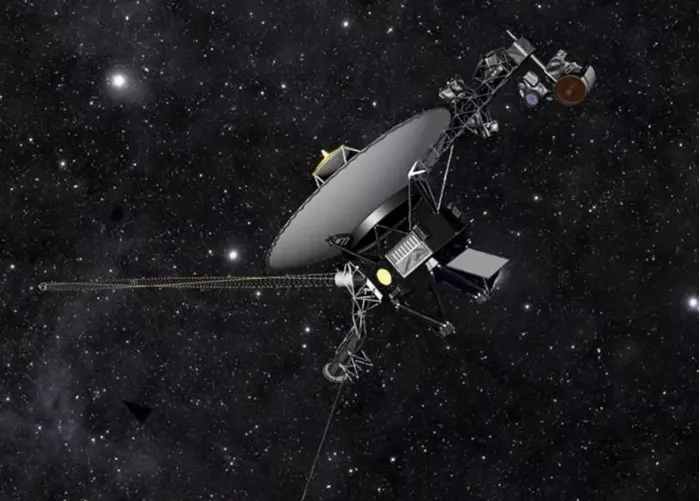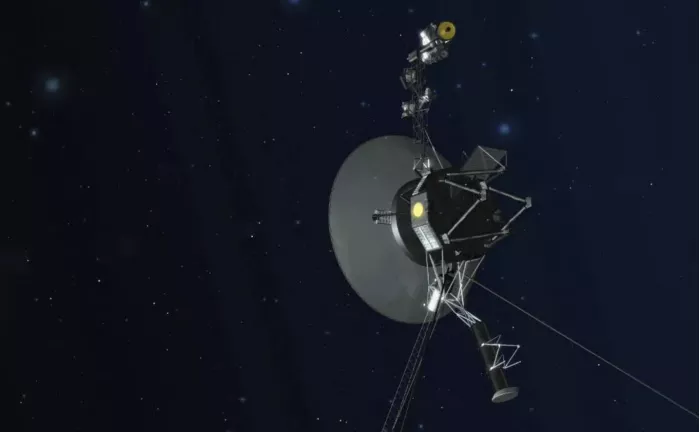The engineering team of NASA's Voyager 1 spacecraft is trying to solve a mystery. The interstellar explorer, currently more than 14 billion miles from the earth, seems to be functioning normally, receiving and executing instructions from the earth, while collecting and returning scientific data. However, the reading of the detector's attitude connection and control system (AACS) can not accurately reflect the actual situation on board.

AACS controls the direction of the 45 year old spacecraft. In other missions, it allows Voyager 1's high gain antenna to point accurately at the earth, enabling it to send data home. All indications are that AACS is still working, but the telemetry data it returns is invalid. For example, the data may appear to be randomly generated or may not reflect the state that AACS may be in.
This problem has not triggered any airborne fault protection systems, which are designed to put the spacecraft into "safe mode", that is, a state of basic operation only, and give engineers time to diagnose the problem. Voyager 1's signal has not weakened, indicating that the high gain antenna is still in the specified direction with the earth. The team will continue to monitor the signal closely as they continue to determine whether the invalid data comes directly from AACS or other systems involved in generating and transmitting telemetry data. Until the nature of the problem is better understood, the research team cannot predict whether this will affect the time when spacecraft can collect and send scientific data.

Voyager 1 is currently 14.5 billion miles (23.3 billion kilometers) from earth, and it takes 20 hours and 33 minutes to complete this distance alone. This means that it will take about two days to send a message to Voyager 1 and get a response, and the task force is used to this delay. Researchers say such mysteries are normal at this stage of the traveler's mission. Both spacecraft are nearly 45 years old, which is far beyond the expectations of mission planners. They are also in interstellar space, a high radiation environment that has not been flown by spacecraft before. So there are some huge challenges for the engineering team.
The team may not find the source of the exception, but adapt to it. If they do find the source, they may solve the problem by changing the software or possibly using a redundant hardware system of the spacecraft. This is not the first time the traveler team has relied on backup hardware. In 2017, Voyager 1's main thrusters showed signs of degradation, so engineers switched to another set of thrusters, which were originally used when the spacecraft encountered planets. Although these thrusters have been idle for 37 years, they can still work.
The twin of Voyager 1, Voyager 2 (currently 12.1 billion miles, or 19.5 billion kilometers, from Earth), continues to operate normally.